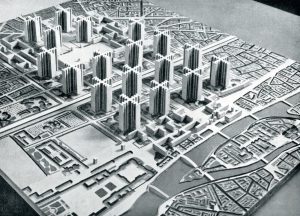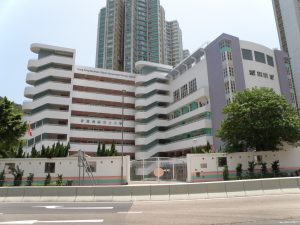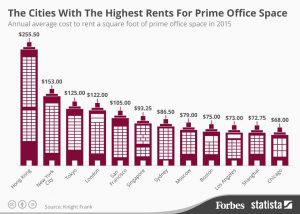Urban Time-Share [A Communal Co-Working Model in Institutional Building]
|
[WHY] Urbanization is a global phenomenon. Population from rural area is rushing to the city. The highly-concentrated population and activities result in a scarce of land in city, causing insanely rising land price and rent. Especially in Hong Kong, which has been rated as the place with highest rent in the world. Since building sites in a high-density urban environment is scarce, the buildings already developed on such sites and not ready for redevelopment should be regarded as a scarce urban resource that needs to be more efficiently utilized. However, under the modern city planning philosophy and the concept of zoning, many of such buildings area designed for a singular thematic-purpose, e.g. school, shopping mall, residential tower, offices. This is not an efficient use of scarce urban resources as each type of these buildings can only serve specific sectors of the community and within fixed times. A truly multi-purpose of building usage sharing system in terms of space-time consideration is necessary. [WHAT] Can such building be more efficiently used through diversity? Diversity in terms of multiple sectors of the community and during different time at the day and night in a full 24-hour cycle. By doing so, the buildings with diversely-used potential should be identified and categorized. There are few points to be considered for the space-time sharing. In terms of temporal factor, the original function of such building must have a rather fixed-schedule so that it is more readily available to offer its space for the newly injected programme. In terms of location, it should be at a convenient location connecting closely to the neighbouring fabric or even public transport. As the whole idea of this sharing of space is a manner to live against the non-affordable rent within urbanized area. And only by locating in such location can it be appealing enough to engage different stakeholders of the community to use it. Base on the above factors, the government primary/secondary school is a suitable option as test site. It offers a highly singular themed usage (teaching) and target group (educators and students). The school usually occupies a relatively large piece of land at a privileged location within a district. On top of that, due to the decreasing number of students annually, there is now an over-supply of school or school space. Instead of killing the school right the way, though sharing, such space can be opened-up and contribute back to the community. [HOW] So, what and how is the programme to be inserted in sharing with the educational usage? To answer this, we must consider few questions. 1.What kind of space is in demand in the community? 2.What can the school offer to this demand? 3.When consider the time-shifting quality of the different programmes, instead of setting up a clear boundary between them temporally and programmatically, isn’t it interesting to have a blurred distinction so that they are connected and benefit each other in higher social level? Within the Hong Kong context, we can see a need in co-working spaces. There are students spending hours in McDonalds and Starbucks to study together, as it offers a cheap place to stay for long period, and it welcomes conversation and food, unlike most libraries and communal centre. Similar working style is in need for working groups, especially free-lancer or those who do not own an office space. Co-working offices offering rentals in hourly-based unit have rising popularity. Yet they are only available in the private sector, and the locations are mostly renovated industrial buildings a bit distanced from the local communal circle. What if, the government school, as a public institution, is to offer a co-working space for the students and working group living within the district? The spatial nature of school is easily invertible with the office and event space for co-working. It functions as a communal hub as it brings together different stakeholders from the community. It also holds the potential to develop into an economical model which public institution is opened for small-scale private rentals. [REFERENCE] Book
Journal/Article
|




